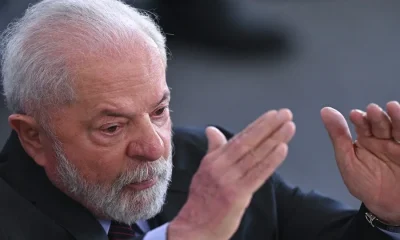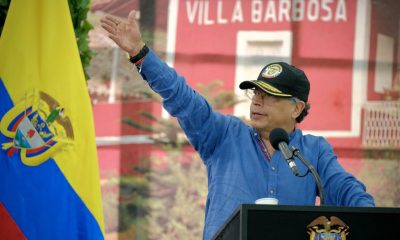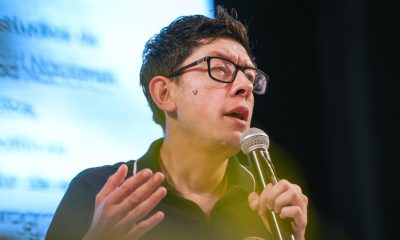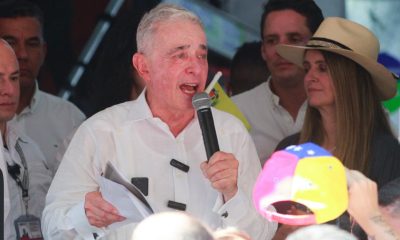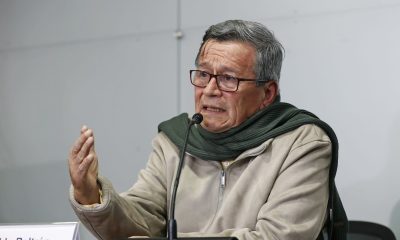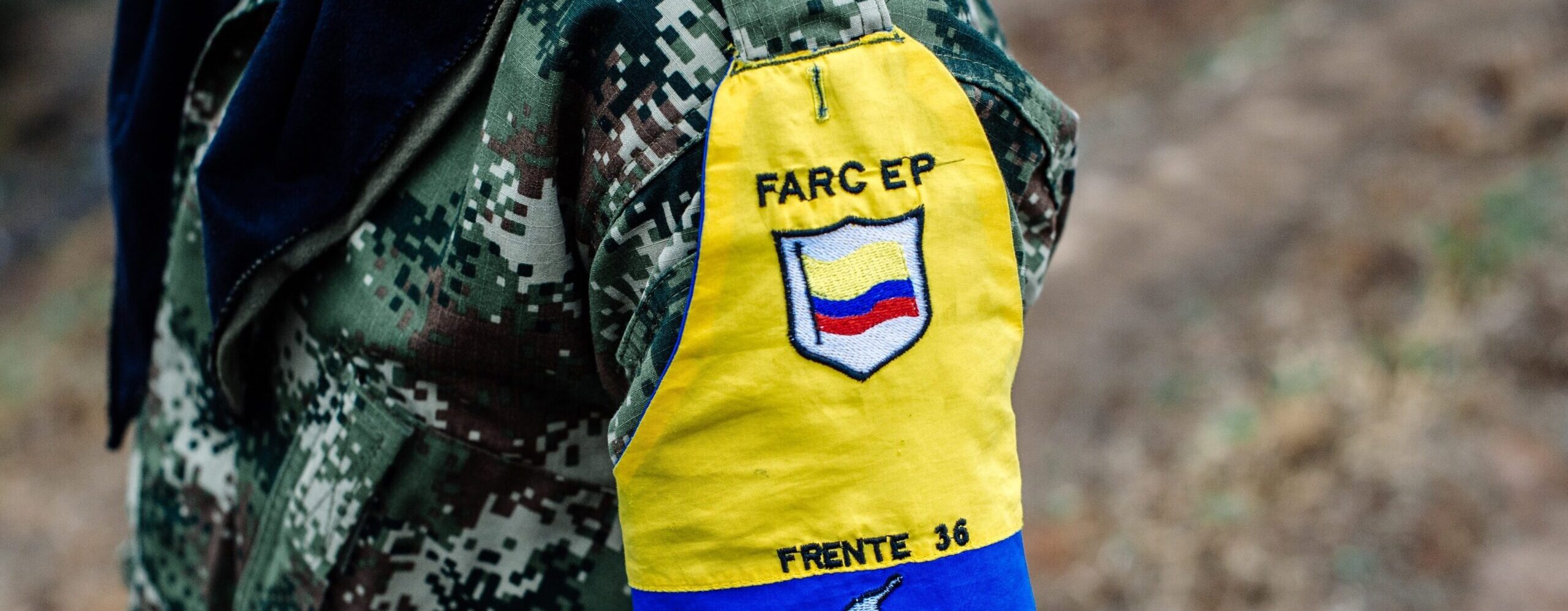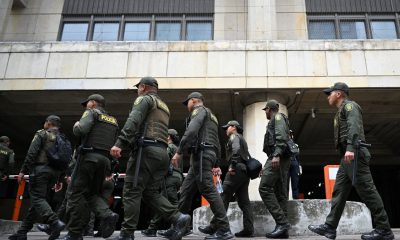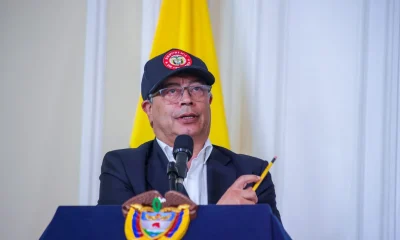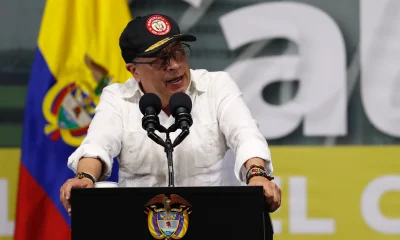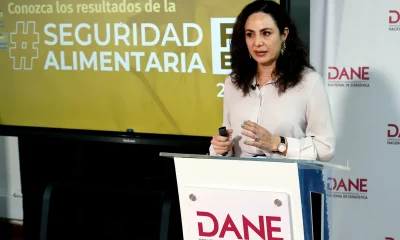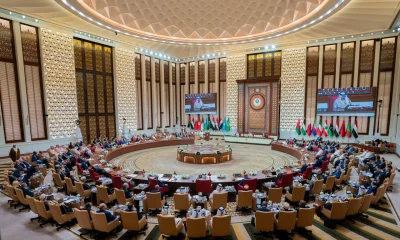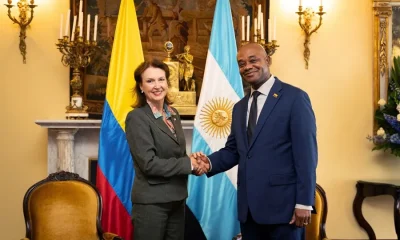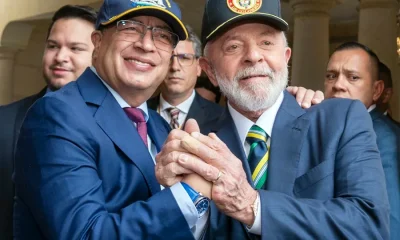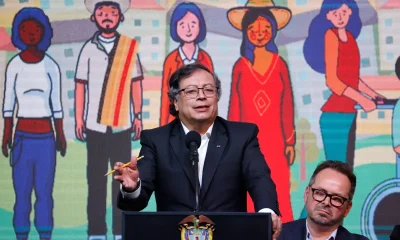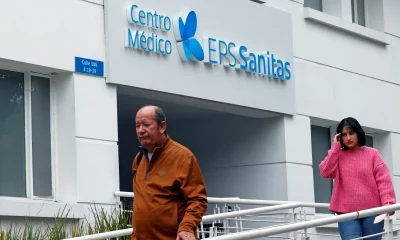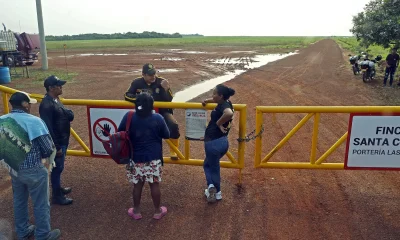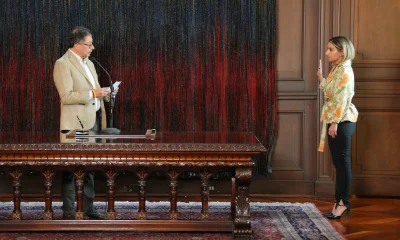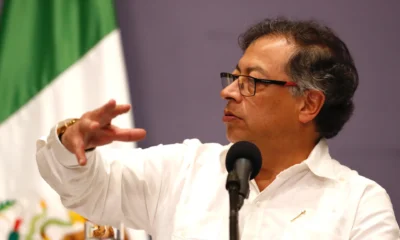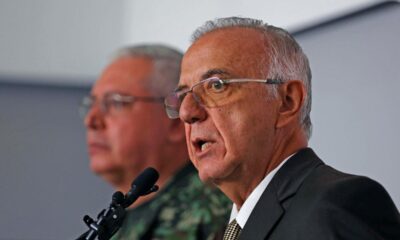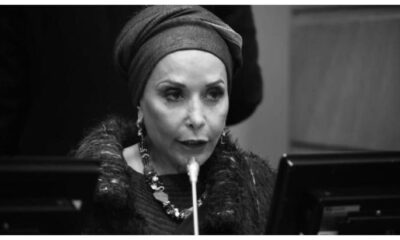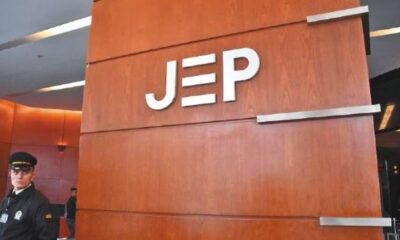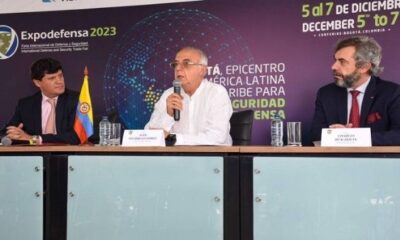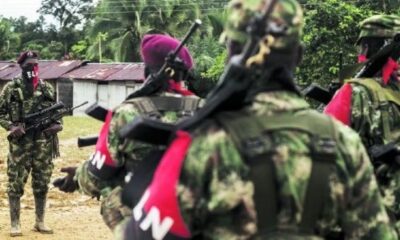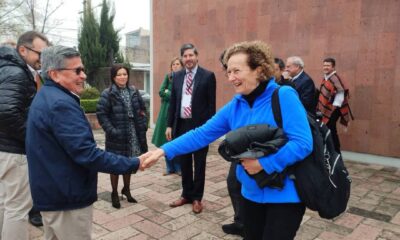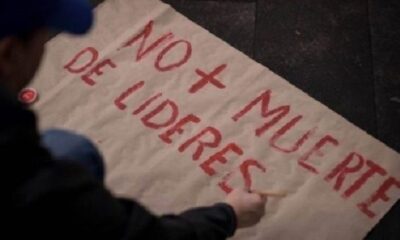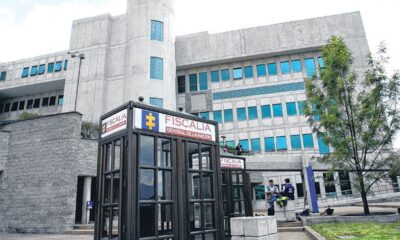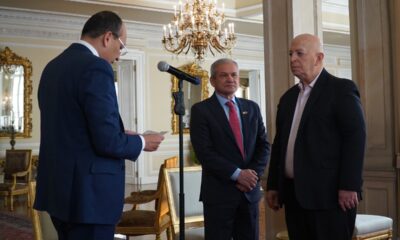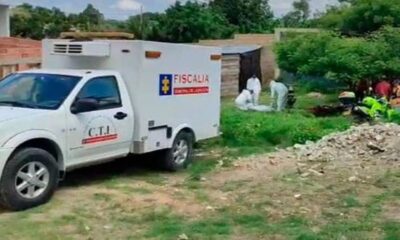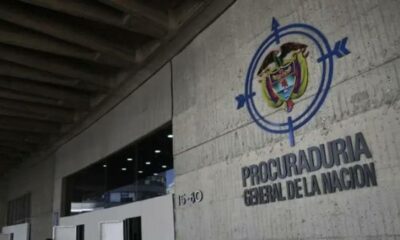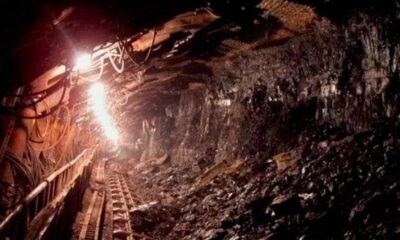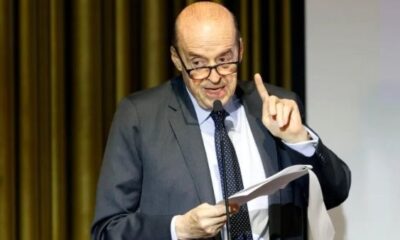International
Colombia’s crusade to repatriate its archeological heritage
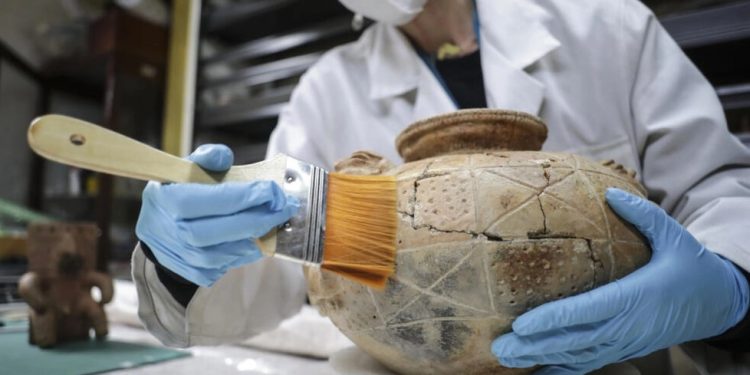
November 5 |
Wearing latex gloves and a white coat, restorer Carla Medina holds part of Colombia’s history in her hands. A growing number of pre-Columbian pieces are returning from abroad in an unorthodox way: President Gustavo Petro himself is bringing them back.
“It’s a great responsibility and a great privilege,” he tells AFP in his laboratory at the Colombian Institute of Anthropology and History (ICANH).
Medina, 41, analyzes a clay vessel repatriated from Italy, which had to be reconstructed from fragments. She is grateful “to have the opportunity to have access to an object that has so many years of history”.
At least 560 pre-Columbian pieces were returned from other countries aboard the presidential plane of leftist Gustavo Petro, in some of the more than 30 trips abroad that he has completed in just over a year in office. International tours criticized by the opposition as dispensable and costly.
Most of the pieces returned from the United States, United Kingdom, Belgium, Spain, Germany, Mexico, among other countries, in a coordinated work between the Foreign Ministry and ICANH.
One of the most recent returns was in October and took place on the diplomatic vessel Gloria, where 12 archeological pieces traveled from Costa Rica to Cartagena.
The recovery is part of a strategy of “efficient use of resources”, said at the time the former vice-minister of Multilateral Affairs, Laura Gil, and is advancing at an accelerated pace compared to the previous government, in which only 18 pieces were repatriated in four years.
For Catalina Ceballos, director of cultural affairs at the Foreign Ministry, it is a way to “start talking about decolonization from another perspective.”
Most of the pieces returned to Colombia were taken out of the country when there was no legal clarity in the world on the traffic of archaeological goods.
Only since 1997 has Colombian law recognized the State as the legitimate owner of national archaeological heritage.
However, the fight against illegal trafficking of these pieces has not been a priority in a country bled by half a century of armed conflict between authorities, guerrillas, paramilitaries and criminal gangs. While the budget suggested by the Presidency for ICANH in 2024 is equivalent to some 2.3 million dollars, that proposed for the defense area and the Police is almost 600 times greater.
Juan Pablo Ospina, coordinator of the anthropology group at ICANH, nevertheless emphasizes that in the current government repatriations have been “successful” because the presidential plane has been “fully available” to bring pieces “properly packed and safeguarded on those trips”.
Recent returns have been made mostly by private collectors on a voluntary basis and require diplomatic work in each country of origin. ICANH is then in charge of the registration, cataloguing, transfer, reception and, in some cases, intervention of the pieces.
As most of the repatriated works are ceramic, the restoration processes are simpler. “Even though they are very old, they can be very well preserved with the passage of time,” says Medina.
The most vulnerable materials are those “of an organic nature,” such as textiles, paper or wood.
The composition of the materials also offers details about how Colombia’s early societies functioned in relation to their territory, says Medina.
For the most part, the Colombian territory was made up of pre-Columbian societies distributed in small chiefdoms.
Ospina assures that what today corresponds to Panama, Venezuela, Colombia and part of northern Ecuador is known as the “intermediate zone” in Latin American archeology, “because what happened there is completely different from what happened in Mesoamerica or in the central Andes,” where great empires were formed.
That is why in Colombia, unlike in Mexico or Peru, it is not common to find palaces, pyramids or large goldsmith traces, with one great exception: the treasure of the Quimbayas. A collection of gold found at the end of the 19th century in a small village in the department of Quindío (west), donated at that time to the Queen of Spain by the Colombian president Carlos Holguín and which today is in the Museum of America in Madrid.
Most of Colombia’s archaeological treasures are ceramic pieces from different periods and cultures, some 6,000 and 7,000 years old, found in the Caribbean, Ospina explains.
“They are very early evidence of ceramics,” he adds.
In other Colombian regions the use of ceramics dates back to approximately 1,000 BC, present mainly in religious and funerary rites.
International
Floods in Central Vietnam leave 28 dead, thousands displaced
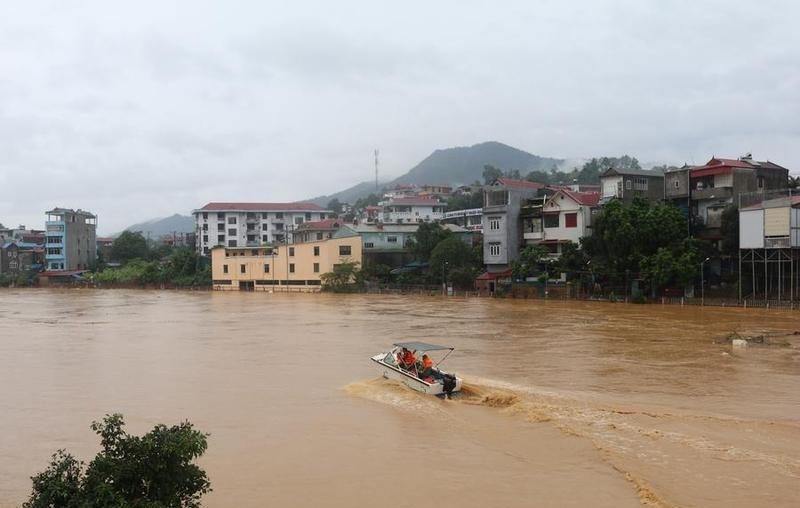
The death toll from heavy rains and flooding in central Vietnam has risen to 28, with six people reported missing and 43 injured, local newspaper VnExpress reported Friday night.
More than 22,100 homes remain flooded, primarily in the cities of Hue and Da Nang. Floods and landslides have destroyed or swept away 91 houses and damaged another 181, the report added.
Around 245,000 households are still without electricity, particularly in Da Nang, where over 225,000 homes are affected.
Additionally, 80 stretches of national highways are blocked or disrupted due to landslides. Authorities expect the flooding to continue for another day or two in the region.
International
FBI foils ISIS-Inspired attack in Michigan, arrests five teens
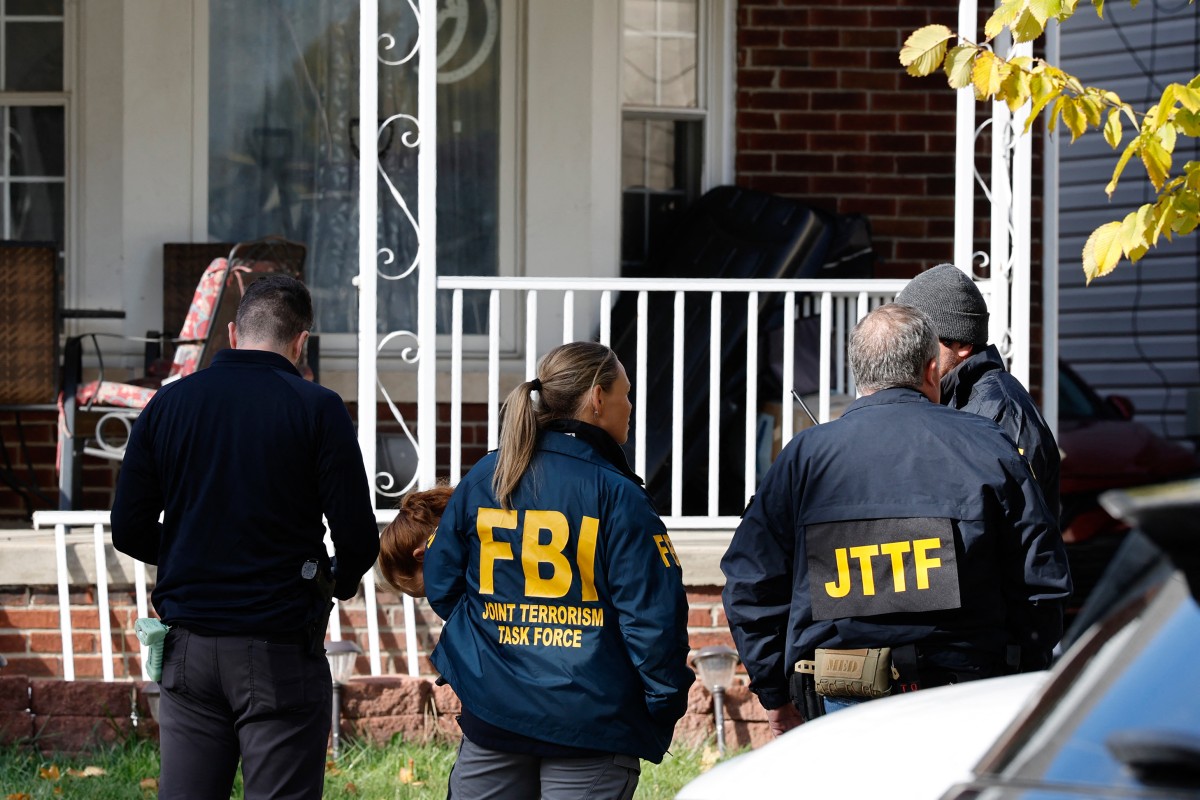
Kash Patel did not provide further details, but police sources told CBS News that the potential attack was “inspired” by the Islamic State (ISIS).
“This morning, the FBI thwarted a potential terrorist attack and arrested several individuals in Michigan who were allegedly planning a violent attack during the Halloween weekend,” Patel wrote on X.
“Thanks to swift action and close coordination with our local partners, a possible terrorist act was prevented before it could be carried out,” he added.
CBS reported that five people between the ages of 16 and 20 were arrested on Friday. At least one of them was reportedly acquainted with a former member of the Michigan National Guard, who was arrested in May for plotting an ISIS-inspired attack on a U.S. military facility in the Detroit suburbs.
International
U.S. warns China over Taiwan during high-level defense talks in Kuala Lumpur
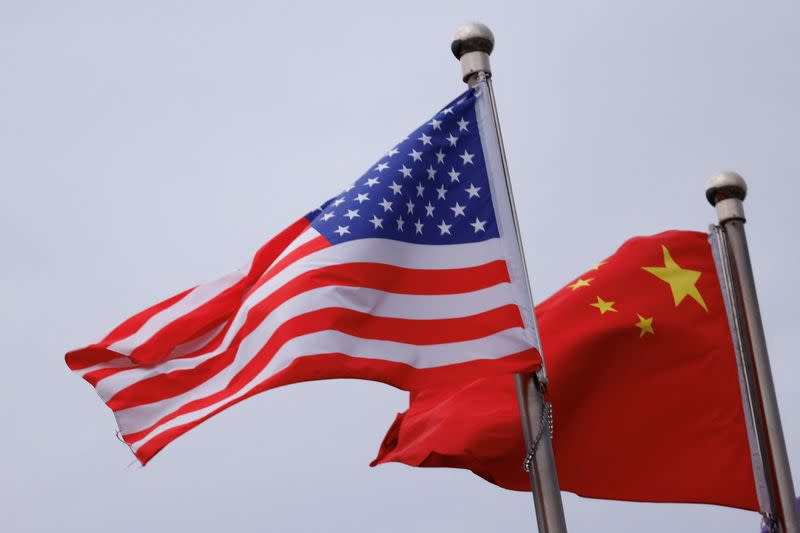
U.S. Secretary of Defense Pete Hegseth expressed concerns over China’s growing military activity near Taiwan during a meeting on Friday with Chinese Defense Minister Dong Jun in Kuala Lumpur.
“It was a constructive and positive meeting,” Hegseth wrote on X. “I emphasized the importance of maintaining a balance of power in the Indo-Pacific and raised U.S. concerns about China’s actions around Taiwan,” the self-governed island that Beijing claims and does not rule out invading.
The meeting took place on the sidelines of the ASEAN Defense Ministers Meeting-Plus, one day after U.S. President Donald Trump met Chinese President Xi Jinping in Busan, South Korea. According to Trump, Taiwan was not discussed during their talks.
“The United States does not seek conflict and will continue to firmly defend its interests, ensuring it maintains the capability to do so in the region,” Hegseth added in his message.
Friday’s encounter followed a September 9 video call between Hegseth and Dong. Their previously planned meeting at the Shangri-La Dialogue in Singapore was canceled due to Dong’s absence from the event.
Trump’s sit-down with Xi — their first since 2019 — resulted in some trade agreements but avoided addressing the issue of Taiwan, a long-standing source of tension between the world’s two largest powers.
Trump has taken a more ambiguous stance on Taiwan’s future compared with former President Joe Biden, who repeatedly stated that Washington would support Taipei if China launched an invasion. The Republican president has also criticized Taiwan for “stealing” the U.S. semiconductor industry.
-

 International4 days ago
International4 days agoJamaica faces widespread destruction as hurricane Melissa hits the island
-
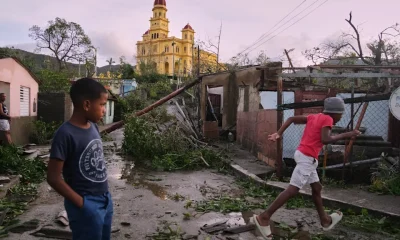
 International2 days ago
International2 days agoHurricane Melissa kills over 30, leaves thousands displaced in the Caribbean
-
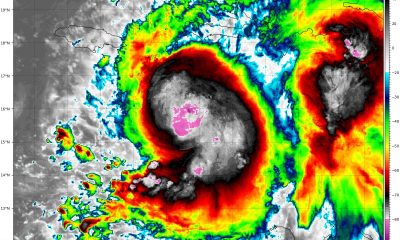
 International3 days ago
International3 days agoMelissa leaves path of destruction in Caribbean, 735,000 evacuated in Cuba
-
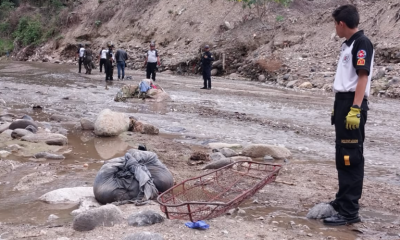
 Central America4 days ago
Central America4 days agoNew dismembered bodies found in San Juan river days after mass killing in Palencia
-
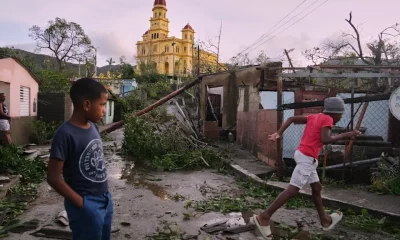
 International2 days ago
International2 days agoHurricane Melissa leaves Jamaican residents homeless as recovery efforts begin
-
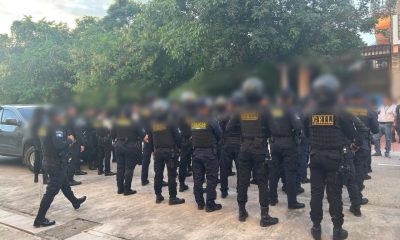
 Central America4 days ago
Central America4 days agoFour guatemalan soldiers arrested for stealing weapons from Northern Air Command
-

 Central America4 days ago
Central America4 days agoArévalo accuses Porras and judge of undermining democracy in Guatemala
-

 International3 days ago
International3 days agoArgentina’s Milei opens dialogue with parties to push “Second-Generation Reforms”
-
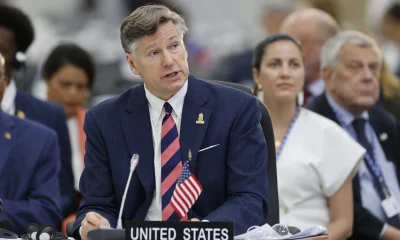
 International2 days ago
International2 days agoUS Deputy Secretary criticizes Mexico’s call to end Cuba trade embargo at UN
-
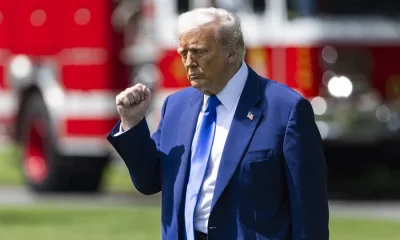
 International1 day ago
International1 day agoU.S. considering airstrikes on military sites in Venezuela, reports say
-
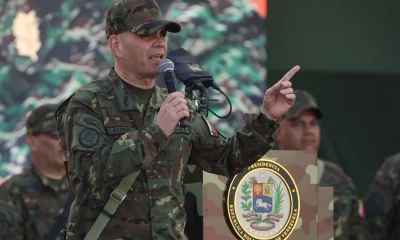
 International2 days ago
International2 days agoVenezuela warns citizens who call for invasion risk losing nationality
-
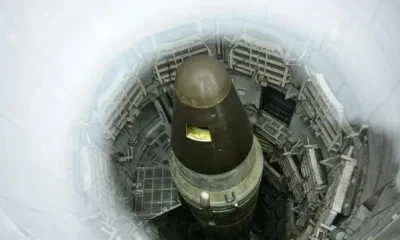
 International2 days ago
International2 days agoTrump orders immediate U.S. nuclear testing, ending 30-year moratorium
-
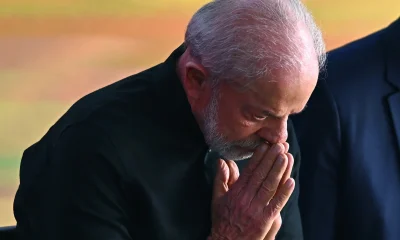
 International2 days ago
International2 days agoBrazilian president defends coordinated anti-drug operations after deadly Rio raid
-

 International2 days ago
International2 days agoTrump sets historic low refugee cap at 7,500, prioritizes white South Africans
-
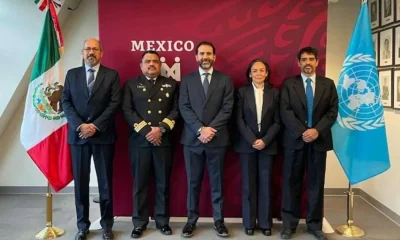
 International2 days ago
International2 days agoMexico advances continental shelf claims at UN Commission in New York
-
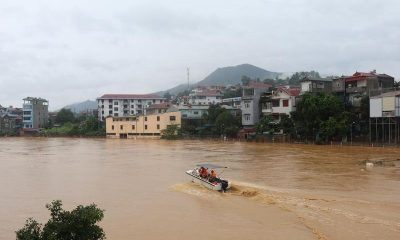
 International13 hours ago
International13 hours agoFloods in Central Vietnam leave 28 dead, thousands displaced
-
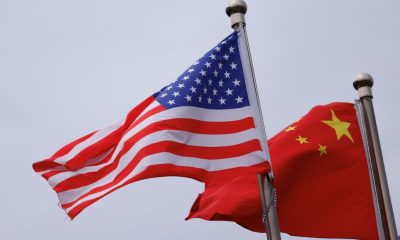
 International1 day ago
International1 day agoU.S. warns China over Taiwan during high-level defense talks in Kuala Lumpur
-
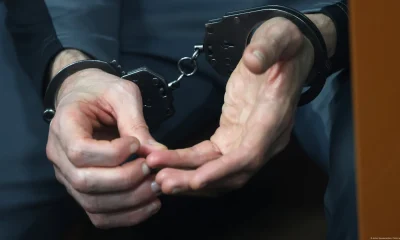
 International2 days ago
International2 days agoSimeón Pérez Marroquín, ‘El Viejo,’ detained for role in Miguel Uribe Turbay assassination plot
-

 International2 days ago
International2 days agoUNICEF: Over 700,000 children affected by Hurricane Melissa in the Caribbean
-
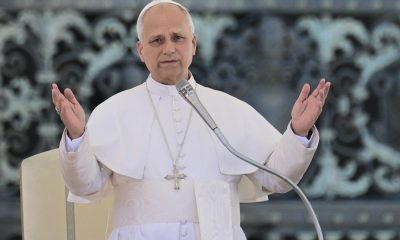
 International1 day ago
International1 day agoPope Leo XIV revives Global Compact on Education to confront cultural crisis
-
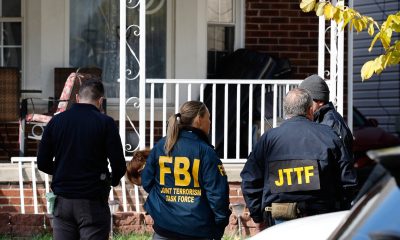
 International13 hours ago
International13 hours agoFBI foils ISIS-Inspired attack in Michigan, arrests five teens





























